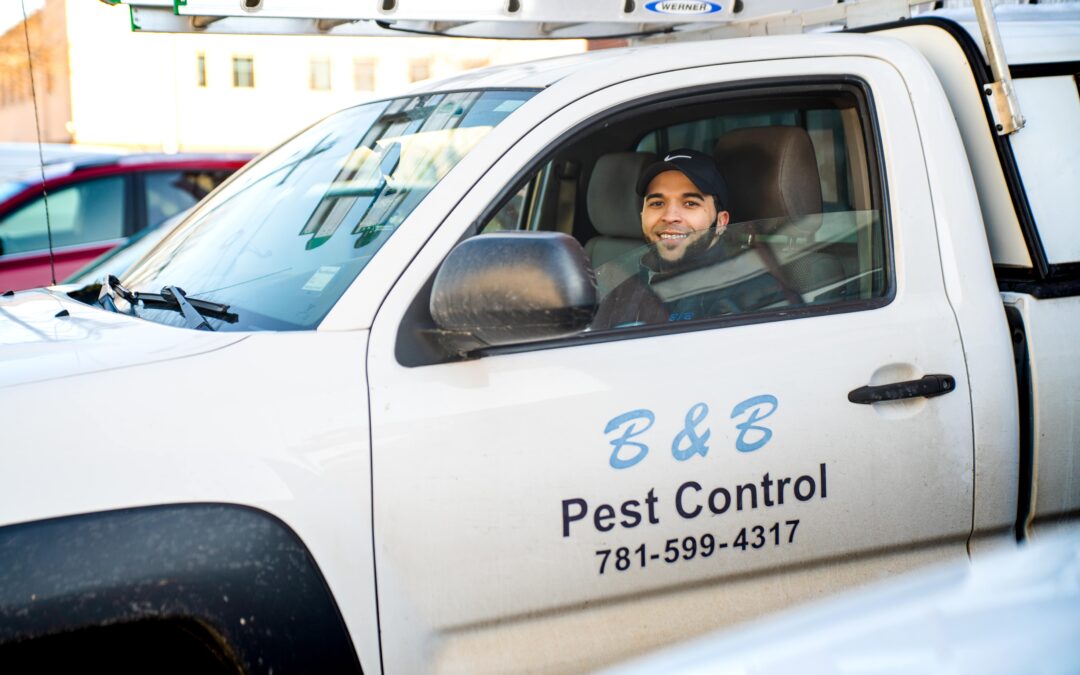It’s amazing to think that social insects such as bees and ants have mechanisms through which they can contain and curb the spread of diseases within their colonies. Now, researchers are looking at how they do it in the hope of helping us fight our battles against pandemics. If you really think about it, stopping a pandemic inside of an insect colony would be much harder than stopping it in a city. Insects all share the same close quarters, swap fluids constantly and there is heavy traffic within the nest. Not only that, but each colony is home to millions of specimens.
This research has been ongoing for about three decades, and some of the methods used by these insects can seem quite alien. Others are fairly straightforward, such as our own social distancing method. It is interesting that the terms pathogen, disease or virus do not even show up in the lexicon of social insect research up until about the 1980s. Not only are pathogens an existential threat to an insect colony, they have such a profound effect that they shaped the evolutionary path of the insects.
However, one thing has been known to anyone who studied social insects – they keep their hives meticulously clean. Waste and dead bodies are removed from the nests by workers, and the members of the hives groom each other and themselves quite frequently. Even more interestingly, some species of ants will harvest antimicrobial resins and then spread them around the colony as a form of collective medication in order to fight off infection. Some species will also secrete substances that have microbe-killing compounds, which are then applied to other members of the hive and to surfaces around the nest.
Grooming has another benefit – when ants clean each other, they will be exposed to a small portion of the pathogen and thus trigger a protective immunization reaction. We humans have also used this in the past, with a method called variolation. This was once a common way to immunize against smallpox by being exposed to small quantities of dried scabs or fluids from someone who was infected with the disease.
Certain species such as the black carpenter ant will share their immune response with other insects in the colony through mouth to mouth transmission. On top of that, most insect colonies have displayed the ability to instate organizational immunity by dividing up complex systems into individual or group tasks. This means that the workers that feed the larvae or the queen are several degrees of separation from workers that may be exposed to disease. If you think about it, this could be very applicable to our methods of organization. A virus could spread much more quickly during a party with 100 people attending, than it would through 20 isolated groups of five members each, who mostly interact with each other.
Even more impressive, as soon as ants sense a pathogen entering their colony, they increase modularity and change the way in which the networks inside the colony interact with each other. Foragers who were exposed to the pathogen limited their contact with other members, and unexposed individuals would limit their circles of interactions.
What is interesting in the examples set by these hive insects is that they endure pandemics in much more enclosed spaces than humans, while maintaining productivity and the health of the hive. Research into this area could lead to great social benefits for humans as well.

